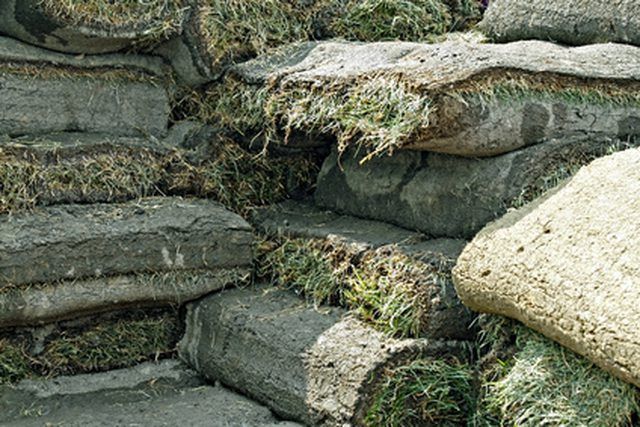Bulbs
Flower Basics
Flower Beds & Specialty Gardens
Flower Garden
Garden Furniture
Garden Gnomes
Garden Seeds
Garden Sheds
Garden Statues
Garden Tools & Supplies
Gardening Basics
Green & Organic
Groundcovers & Vines
Growing Annuals
Growing Basil
Growing Beans
Growing Berries
Growing Blueberries
Growing Cactus
Growing Corn
Growing Cotton
Growing Edibles
Growing Flowers
Growing Garlic
Growing Grapes
Growing Grass
Growing Herbs
Growing Jasmine
Growing Mint
Growing Mushrooms
Orchids
Growing Peanuts
Growing Perennials
Growing Plants
Growing Rosemary
Growing Roses
Growing Strawberries
Growing Sunflowers
Growing Thyme
Growing Tomatoes
Growing Tulips
Growing Vegetables
Herb Basics
Herb Garden
Indoor Growing
Landscaping Basics
Landscaping Patios
Landscaping Plants
Landscaping Shrubs
Landscaping Trees
Landscaping Walks & Pathways
Lawn Basics
Lawn Maintenance
Lawn Mowers
Lawn Ornaments
Lawn Planting
Lawn Tools
Outdoor Growing
Overall Landscape Planning
Pests, Weeds & Problems
Plant Basics
Rock Garden
Rose Garden
Shrubs
Soil
Specialty Gardens
Trees
Vegetable Garden
Yard Maintenance
How to Install Fescue Sod
How to Install Fescue Sod. Fescue is the preferred type of grass for many homeowners when they install a new lawn from sod. This is in part because fescue is a versatile and easy-to-grow grass that is also drought resistant and tolerant to foot traffic. If you have made the decision to use fescue sod rather than seed, you can have a healthy, almost...

Fescue is the preferred type of grass for many homeowners when they install a new lawn from sod. This is in part because fescue is a versatile and easy-to-grow grass that is also drought resistant and tolerant to foot traffic. If you have made the decision to use fescue sod rather than seed, you can have a healthy, almost "instant" lawn by following a few best practices.
Things You'll Need
Rake
Rototiller
Organic mulch
Lawn roller
Lawn starter fertilizer
Straight-edged shovel
Clear the area to be planted of all rock, debris, and weeds. Use a rake to grade the area so that it gently slopes away from your home or other structures. This is so water will drain in that direction.
Add two inches of organic mulch that includes peat moss to the area. If you have heavy clay soil, you should also add two to four inches of high-quality top soil. Use a rototiller to work these soil additions in.
Rake the area again to obtain the desired grade. Use a lawn roller filled with water to compact the planting area thoroughly. This will reveal high and low spots, which can be corrected and then rolled again.
Apply a lawn starter fertilizer at the rate described on the packaging. Do not work this fertilizer into the soil; let it sit on top of the planting area.
Begin to roll out your individual rolls of sod so that the "seams" run perpendicular to the direction of the slope of the planting area.
Stagger each row of laid sod much like a mason will do when building a brick or block wall. Cut some rolls of sod in half with a straight-edged shovel and use them to begin the staggered rows. Butt all the edges of each roll firmly against one another.
Empty about one half the water from the lawn roller and then roll over the newly laid sod. This will bring the roots into solid contact with the soil below, encouraging growth.
Keep the sod and soil beneath it damp with regular watering, but not soggy, over the next two weeks as your new lawn establishes itself.